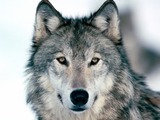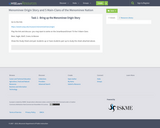
The Wisconsin Social Studies/Civics K-5 Suggested Scope & Sequence is divided by grade. Each grade has a theme, with K-2 having a common theme of “place” and 3-5 having a common theme of “Wisconsin and U.S. Studies”. Each grade has 4-10 topics, which could align to local units. This formatting was adapted from the 2018 History and Social Science Framework by the Massachusetts Department of Elementary and
Secondary Education.
Each topic is further divided into planning ideas tied to specific grade-level indicators from the Wisconsin Standards for Social Studies (2018). These planning ideas include:
• Potential Essential Questions, tied to the standards
• Focusing Questions for the topic
• Driving (DQ) and Guiding (GQ) Questions from the Educating for American Democracy Roadmap
• Specific Social Studies Indicators met with this topic
• Important Terms and Points to Consider
• Supporting Resources to Consider, including lesson plans from trusted resources, and suggested additional texts such as primary sources and trade books.
The essential, focusing, driving, and guiding questions are meant to help guide instruction
and determine quality resources and lessons for use in the classroom.
- Subject:
- American Indian Studies
- Civics and Government
- Economics
- Ethnic Studies
- Gender Studies
- Geography
- Psychology
- Social Studies
- Sociology and Anthropology
- U.S. History
- World Cultures
- World History
- Material Type:
- Curriculum Map
- Author:
- Wisconsin Department of Public Instruction
- Kristen McDaniel
- Date Added:
- 01/12/2024


















